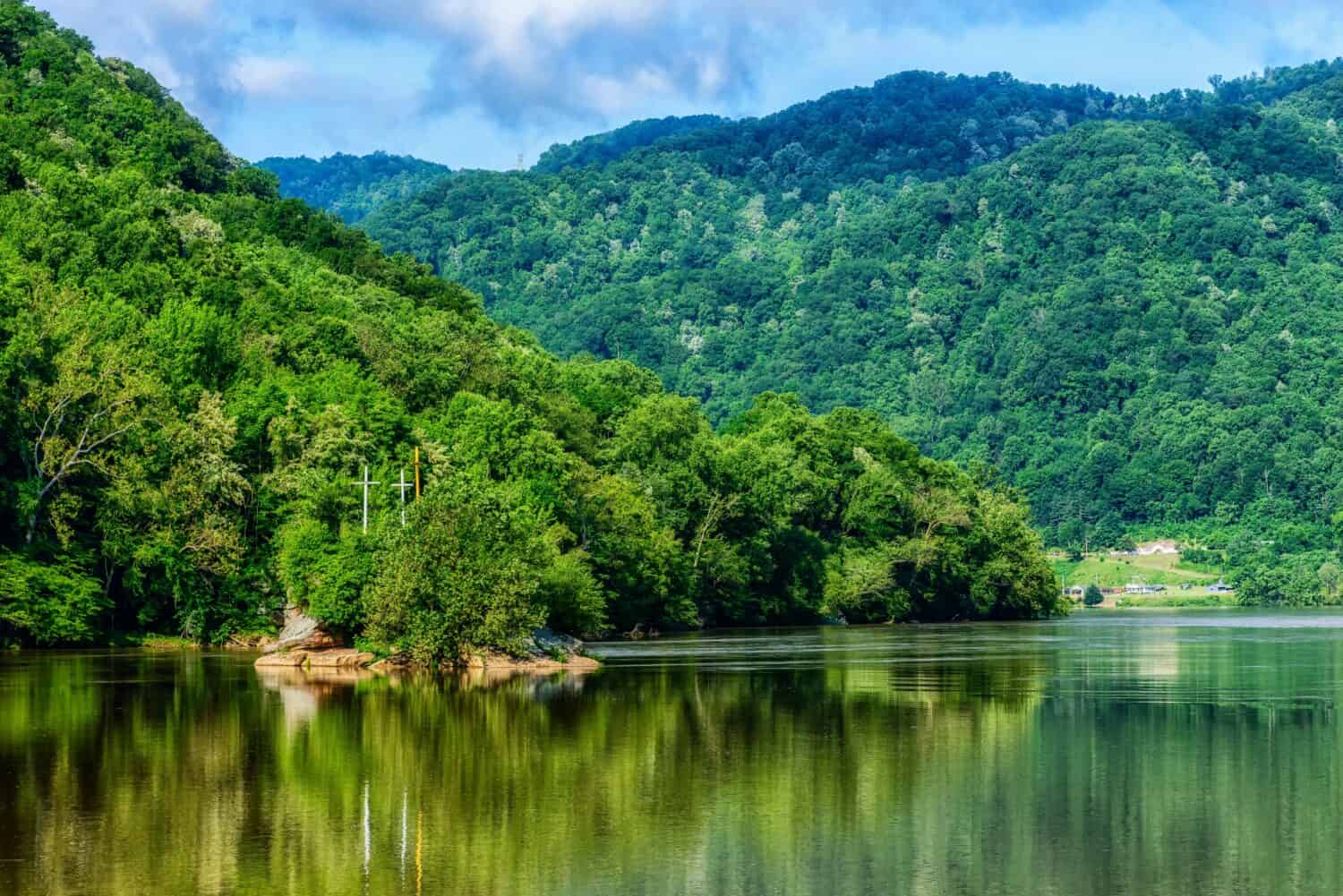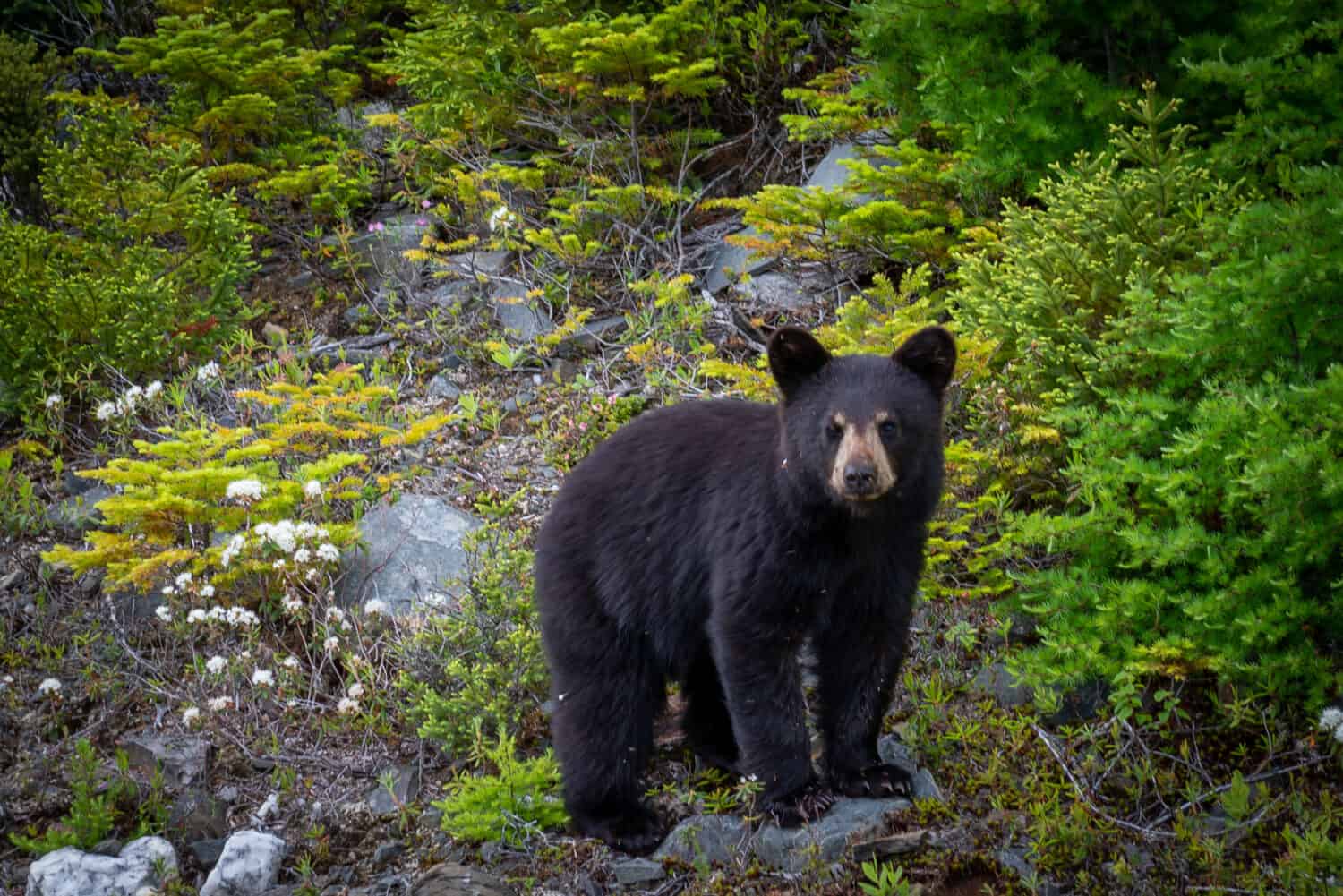West Virginia is known for its wide range of outdoor activities and stunning natural beauty. The eastern forest-covered state is located in the Appalachian Mountains, earning it the nickname, the Mountain State. West Virginia is also home to many historical sites dating back to the Civil War.
The Mountain State has hot, humid summers and relatively mild winters. Here we’ll learn the hottest city in West Virginia, in terms of the highest average temperatures in the hottest month.
The Hottest Place in West Virginia
West Virginia has several cities that are nearly the hottest place in the state, but in this article, we will be looking at Huntington. Huntington is the second largest city in West Virginia with a population of 45,746. It is located on the western side of the state, near the borders of Kentucky and Ohio.
Current Results reports Huntington’s average annual temperatures for the year. The high is 67°F, while the low is 45°F. Typically, July is the hottest month in West Virginia.
The average maximum temperature in the city during that month is 88°F, while the average minimum temperature in July is 66°F. Filter Buy also reports that there are typically 28 days per year when temperatures reach above 90°F in Huntington. Extreme Weather Reports also state that the hottest day in Huntington’s history reached temperatures of 108°F.

Huntington, WV is located near several important rivers.
©Malachi Jacobs/Shutterstock.com
The Hottest Temperature Ever Recorded in West Virginia.
While Huntington might have the highest average summers in West Virginia, the hottest temperatures ever in the state occurred in two different cities.
On July 2, 1936, in Martinsburg and August 8, 1930, in Moorefield, temperatures in both cities reached 112°F. Martinsburg and Moorefield are both located in the eastern part of West Virginia.
According to the National Weather Service, these record-breaking temperatures occurred during the “Dust Bowl” years of 1930-1936.
Drought affected the United States throughout the early 1930s, and many states reached record-high temperatures. While the Great Plains region of the United States suffered the most during the Dust Bowl years, clearly other areas of the country experienced the effects of the dust storms and drought.
The History of Huntington
Huntington’s history dates back to the mid-19th century. According to Britannica, railroad magnate Collis P. Huntington suggested building the Chesapeake and Ohio Railway’s western terminal on the land that would become Huntington in 1869.
Huntington purchased the land, then known as Holderby’s Landing, incorporated the city in 1871, and changed the name to the one we know today. Huntington prospered as a railroad town entering an economic boom that lasted until the “Great Flood” of 1937.
In the 1980s, the city began to shift its focus to education, tourism, and other services. Huntington remains an important city in West Virginia to this day, housing institutions such as Marshall University and the Huntington Museum of Art.
Where is Huntington, West Virginia, Located on a Map?
Huntington, West Virginia, is located in the state’s western region, nestled between the Ohio and Guyandotte Rivers. It is situated in Cabell and Wayne Counties, just off of Interstate 64. On a map, it can be found southwest of Charleston, the state’s capital.
The city is known for its vibrant cultural scene, featuring the Historic Keith Albee Theatre, the Huntington Museum of Art, and a beautiful riverfront district. Visitors can enjoy a range of outdoor activities, such as hiking, fishing, and golfing.
Huntington is home to Marshall University, several other educational institutions, and a strong economic base. The city has population is approximately 48,000, making it the state’s second-largest city.
Huntington is a great place to visit and explore, offering unique experiences and attractions for all ages. Whether you’re exploring the city’s history, taking in the local culture, or enjoying the great outdoors, you’re sure to find something to enjoy in Huntington, West Virginia.
Wildlife
West Virginia is home to a diverse population of wildlife thanks to its location in the Appalachian Mountains. Some of the creatures might be considered a nuisance to Huntington locals, but being surrounded by wildlife comes with the territory in the Mountain State.
Amphibians and Reptiles
The state of West Virginia is home to 57 species of amphibians and reptiles, according to the West Virginia Division of Natural Resources.
Only two species of snake in the area are venomous — the timber rattlesnake and the eastern copperhead. Despite their venom, these species are not generally aggressive to humans who keep their distance.
Wild Mammals
There are 74 species of mammals that make their home in West Virginia. The state has an especially diverse variety of rodents such as squirrels, mice, and voles. Larger mammals such as black bears, white-tailed deer, elk, and boar also live throughout West Virginia.

Mammals such as black bears make their home in West Virginia.
©Dolores M. Harvey/Shutterstock.com
Birds
West Virginia is a bird watcher’s paradise. With over 170 breeding species in the state, there’s no telling what you might see. The state is home to millions of forested acres that provide an ideal environment for creatures such as bald eagles, owls, and pine warblers. You might even be able to birdwatch from your front porch with a few tools such as feeders, nesting boxes, and birdhouses.
Fish
Huntington resides near several major bodies of water, such as the Guyandotte and Ohio Rivers. A number of fish species make their homes in the Guyandotte River, such as bass, catfish, gar, trout, and walleye to name a few.
The photo featured at the top of this post is © LesPalenik/Shutterstock.com
Thank you for reading! Have some feedback for us? Contact the AZ Animals editorial team.







